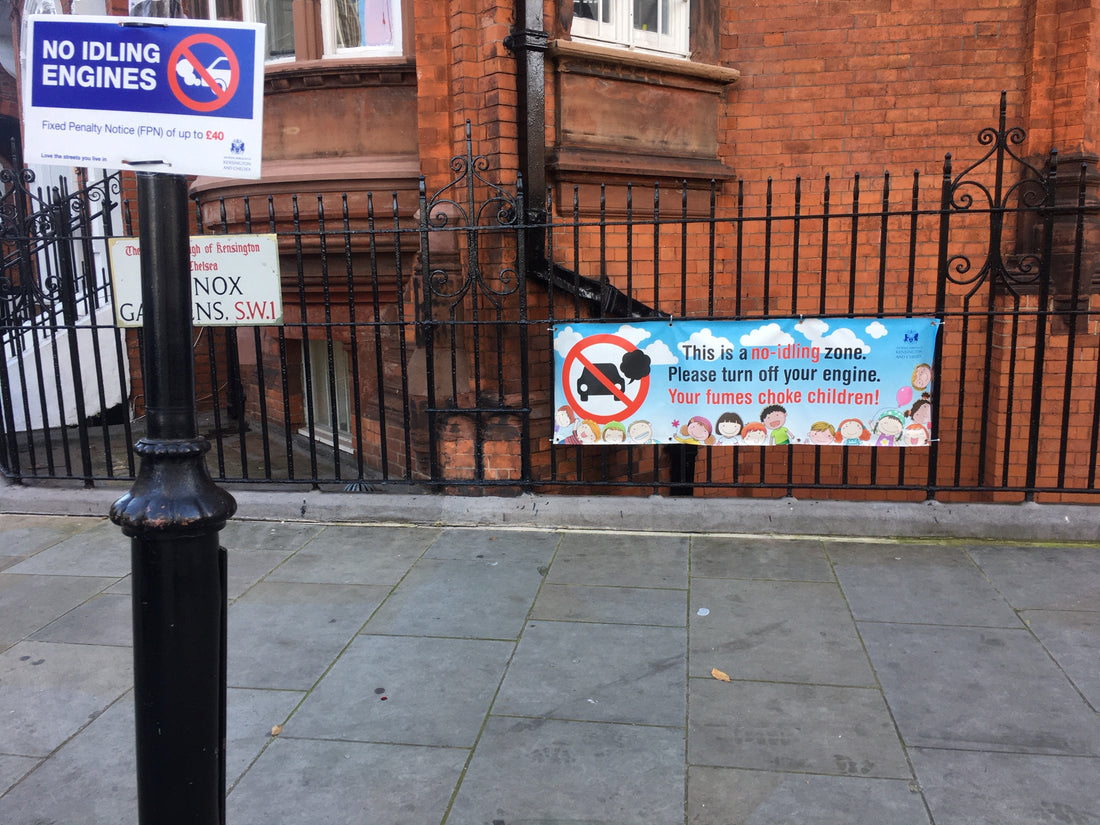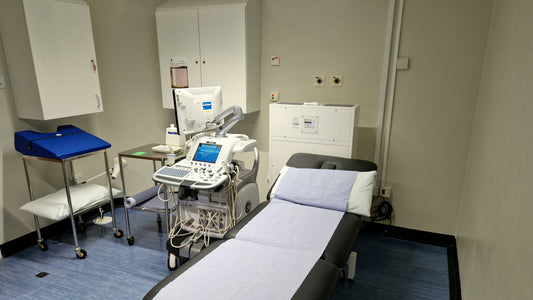Going back to school can be a difficult time for children who suffer with asthma. For there are four times as many childhood hospital admissions for asthma in September as at the start of the school holidays. This school asthma epidemic is not a new phenomenon. It has been recorded for several years in the United Kingdom. There are likely four main reasons for the September school asthma epidemic:
- At this time of year, there are high levels of allergens like pollen, mould spores and dust mites.
- When the school is opened up after the summer, levels of allergens have built up.
- Children are exposed to viral infections when they mix together again at the start of the new school term.
- Children may have not been adhering to their asthma management plan as closely with the distractions of the school holidays.
On average there are thought to be two children with asthma in every classroom in the United Kingdom (asthma affects one child in 11). And, of 1,143 deaths from asthma in 2010, 16 occurred among children aged 14 and under. Therefore, the issue a school asthma epidemic is one that must be taken extremely seriously, particularly as three-quarters of hospital admissions for asthma could be avoided with the correct management measures.
The management of a child's asthma involves a partnership between the child, his or her parents or guardians, the GP or asthma nurse, and the school. It is up to the family to ensure that asthma control does not slip during the school holidays and the local surgery should have helped with this by provision of a written asthma management plan.
All schools should have an asthma policy, whether this is a separate stand-alone policy or part of the general health and safety policy. Part of this is a requirement to ensure that the physical environment (in particular, the air quality) of the school is “asthma and allergy friendly”. This means:
- A strict no-smoking policy throughout the premises.
- No chemicals that may act as a trigger to be used in science or art lessons.
- No furry or feathery animals to be on school premises.
Schools should use school air filtration systems, which traps common allergens such as pollen, dust mites, mould spores, animal dander, bacteria and viruses. Similar systems are successfully used in hospitals for airborne infection control and on commercial premises in form of office air cleaning solutions to protect employees from a great range of airborne contamination.
The benefits of cleaner air, aided by air purification, include less absenteeism and better exam results. We already know that children with hay fever are at a disadvantage when it comes to their summer exams and that they benefit from better air quality at school and at home. Since school air filtration systems can be mobile or securely fixed in place, options exist to create very cost effective, temporary or permanent safe zones for children.




